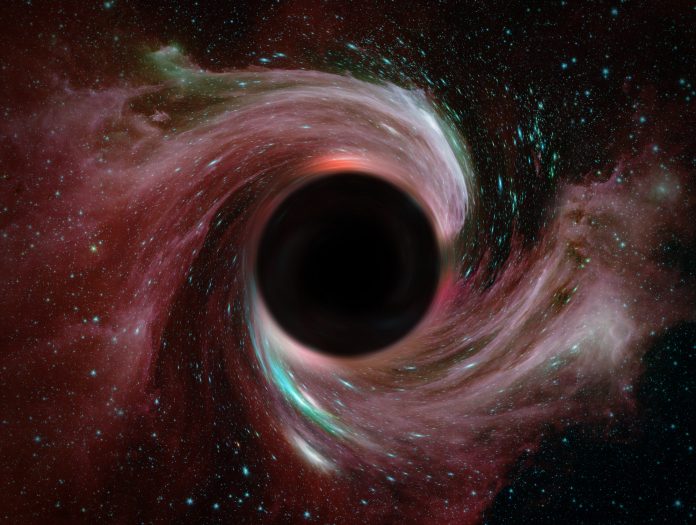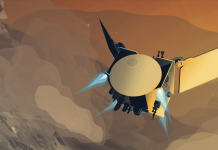A groundbreaking recovery system developed by researchers at the University of Sydney has successfully salvaged data from a NASA mission to map dark matter surrounding galaxy clusters
Despite communication failure and damage sustained during the balloon-based telescope’s landing, the innovative system enabled the retrieval of gigabytes of valuable information.
Innovative recovery system
In April, the Super Pressure Balloon Imaging Telescope (SuperBIT) embarked on a mission launched from Wānaka Airport, New Zealand, suspended beneath a helium-filled balloon the size of a sports stadium, soaring above Earth’s atmosphere and completing 5.5 revolutions around the globe. The telescope sustained damage upon landing in southern Argentina the following month.
Two Data Recovery System packages containing over 200 gigabytes of crucial SuperBIT data descended by parachute and landed safely.
This data included a comprehensive dark matter map around galaxies and breathtaking space photographs. Dark matter, an unseen substance with a mass six times the regular matter in the universe, was a focal point of the mission.
Data recovery triumph
A recent study, led by Dr Ellen Sirks from the University of Sydney’s School of Physics and published in Aerospace, outlines the construction instructions for the Data Recovery System she developed. The study recounts the mission’s details, demonstrating that at a relatively small cost, scientists can ensure the recovery of valuable information in worst-case scenarios.
The researchers involved in the study, consisting of an international team of scientists from Australia, the United Kingdom, the United States, Canada, Europe, and Taiwan, reported that the initial deployment of the Data Recovery System capsules in a live science mission was immensely successful.
“Our telescope got to the point where it was completely destroyed, and we lost high bandwidth communications, so not only did the Data Recovery System work; it was really quite essential to the mission’s success,” Dr Sirks said.
When releasing an object from the sky, from a height of 33 kilometres, there is always a potential for mishaps. Hence, the inclusion of recovery packages becomes crucial to safeguard your data.
Next steps with NASA
The drop package has been under development for approximately five years, and it’s only now that had the opportunity to assess it in its definitive form. Researchers are now reaching a stage where NASA is considering mass production of these packages for other scientific missions. Thus, this served as our conclusive test to demonstrate the system’s efficacy.
Balloon-based advantages
Data is usually downloaded via satellite in a standard balloon-based mission, such as NASA’s. However, Dr. Sirks noted that scientists frequently require line-of-sight communication for rapid data retrieval, which is only sometimes efficient or feasible.
Observations conducted with balloon-based instruments offer space telescope quality at a fraction of the cost, with expenditures in the millions rather than billions of dollars.














